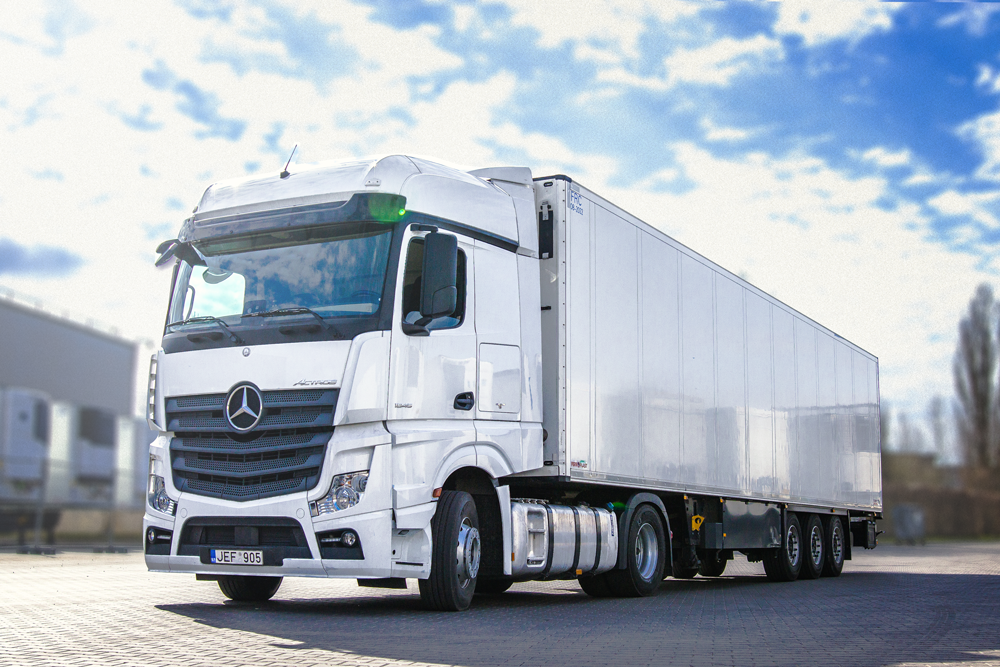What is cross-docking
Cross-docking is a procedure in which a batch the goods are not accepted by the warehouse for storage, but are immediately reloaded onto another vehicle. This is cargo transshipment, that is, direct delivery, which allows you to spend less resources.In the process of unloading wagons or transshipment onto a truck, the goods are not removed from the factory packaging, but are assembled in the form of one order. This allows you to reduce delivery times, but this method will only work with a high turnover.
Which products are suitable for cross-docking
The cross-docking service is especially in demand for products of the following categories:• Perishable products.
• High quality products that go through the procedure of loading / unloading onto wagons or cars without prior inspection.
• Products that are in high demand.
• With a specified service life.
Types of cross-docking
There are two types of cross-docking: two-stage and one-stage. In the first option, the shipped batch is divided into groups. Each package has a unique marking and the name of the recipient. One-stage cross-docking involves the receipt of goods and shipment without changing its number. There can be several variations of one-step cross-docking:• Truck or railway transshipment through the warehouse – when reloading wagons or trucks, the vehicle changes, but the unit of cargo remains unchanged.
• Deconsolidation – goods are transported for several consignees in one vehicle. When reloading a car, several vehicles are supplied, which are then sent to their destinations.
• Consolidation is the collection of several unrelated cargoes into one batch on a territorial basis, or by ownership.









Comments